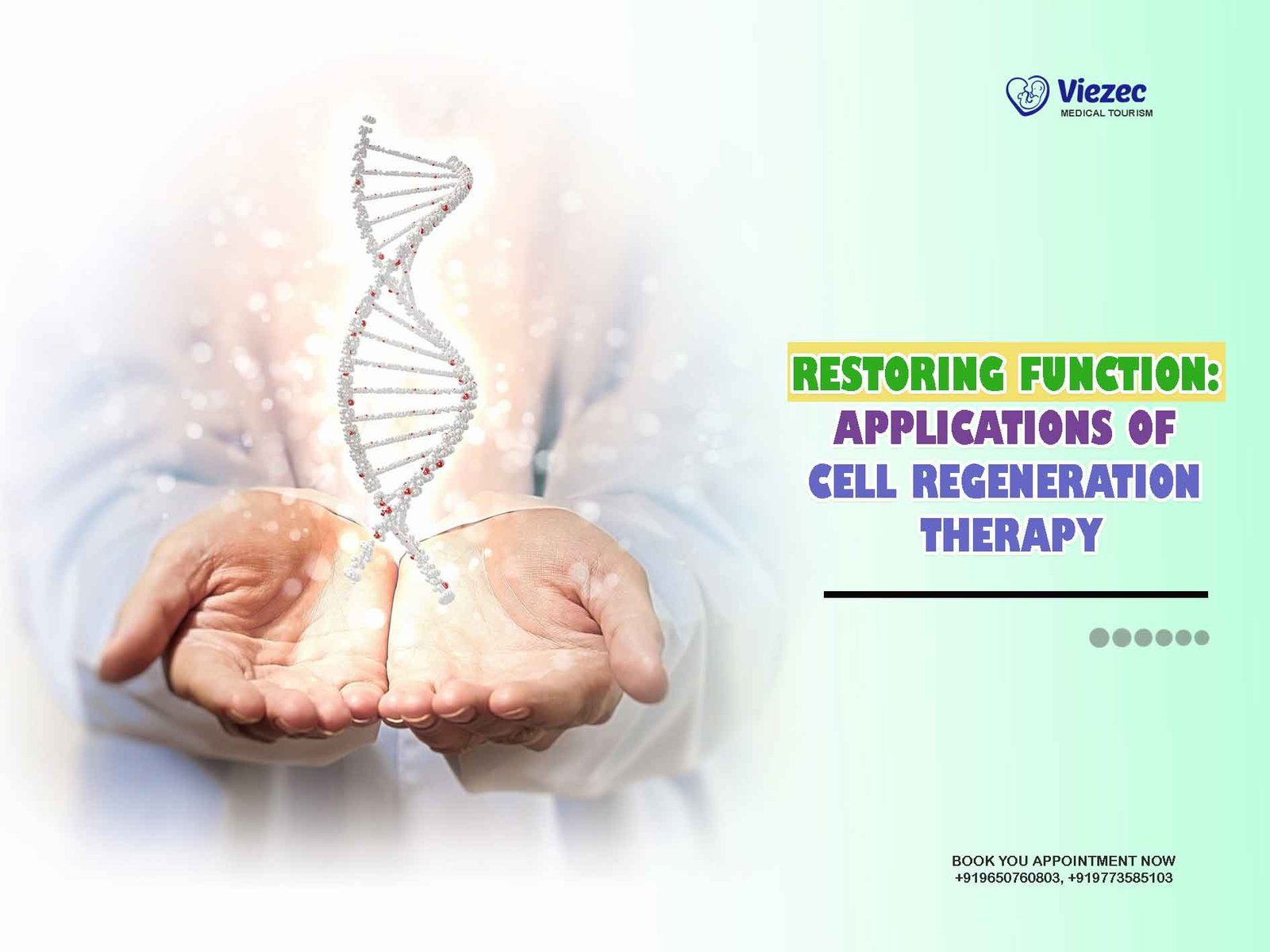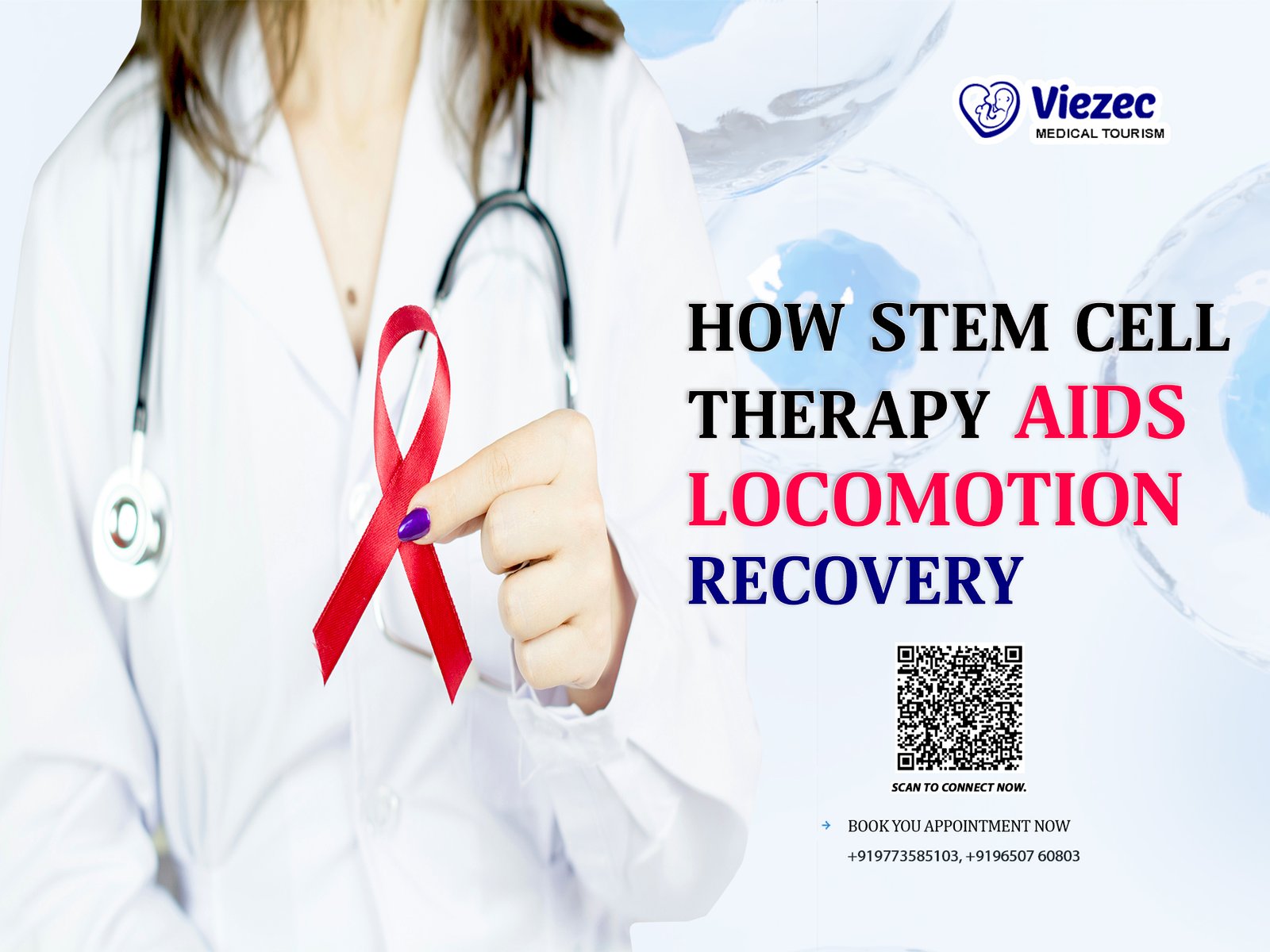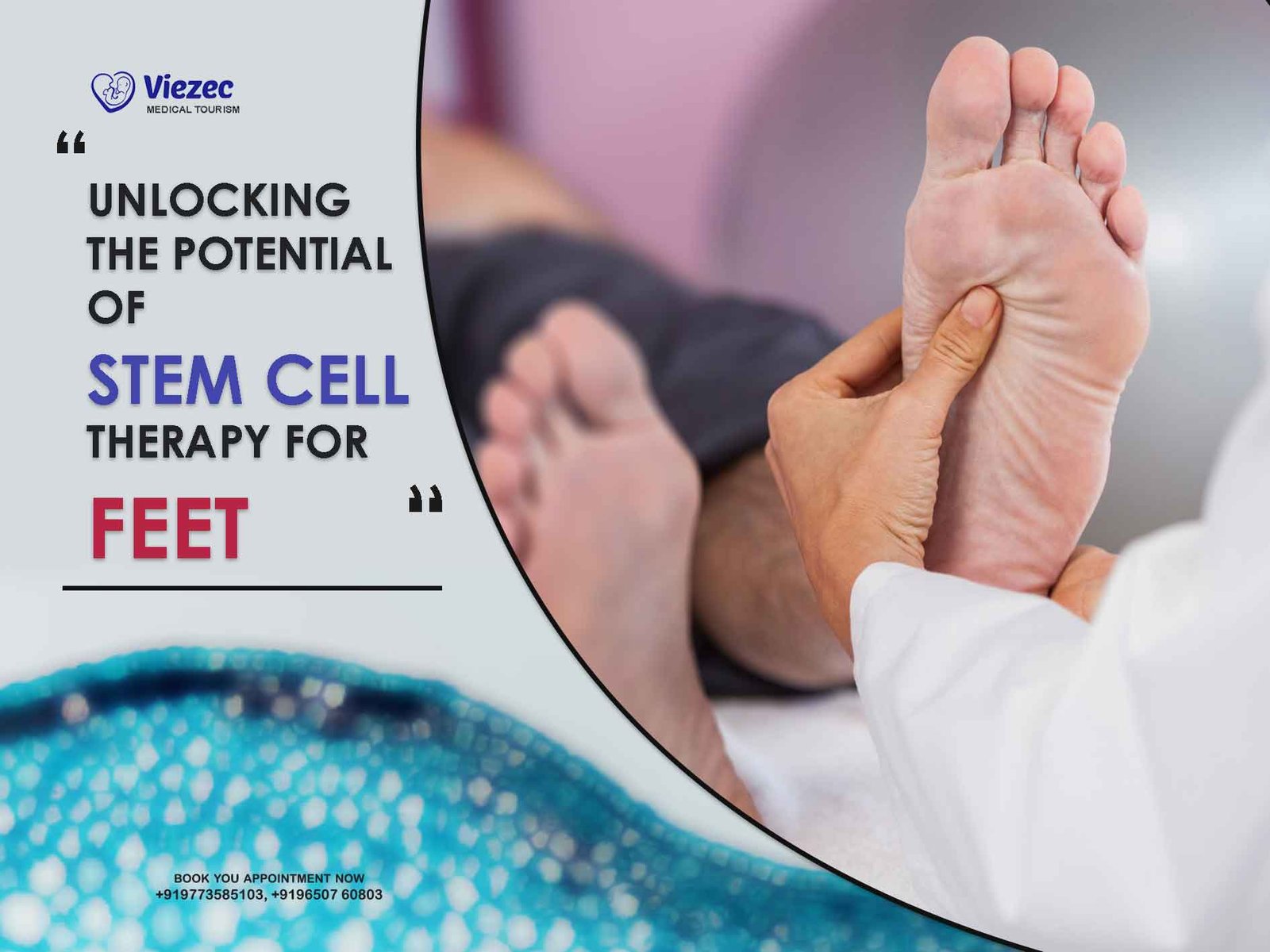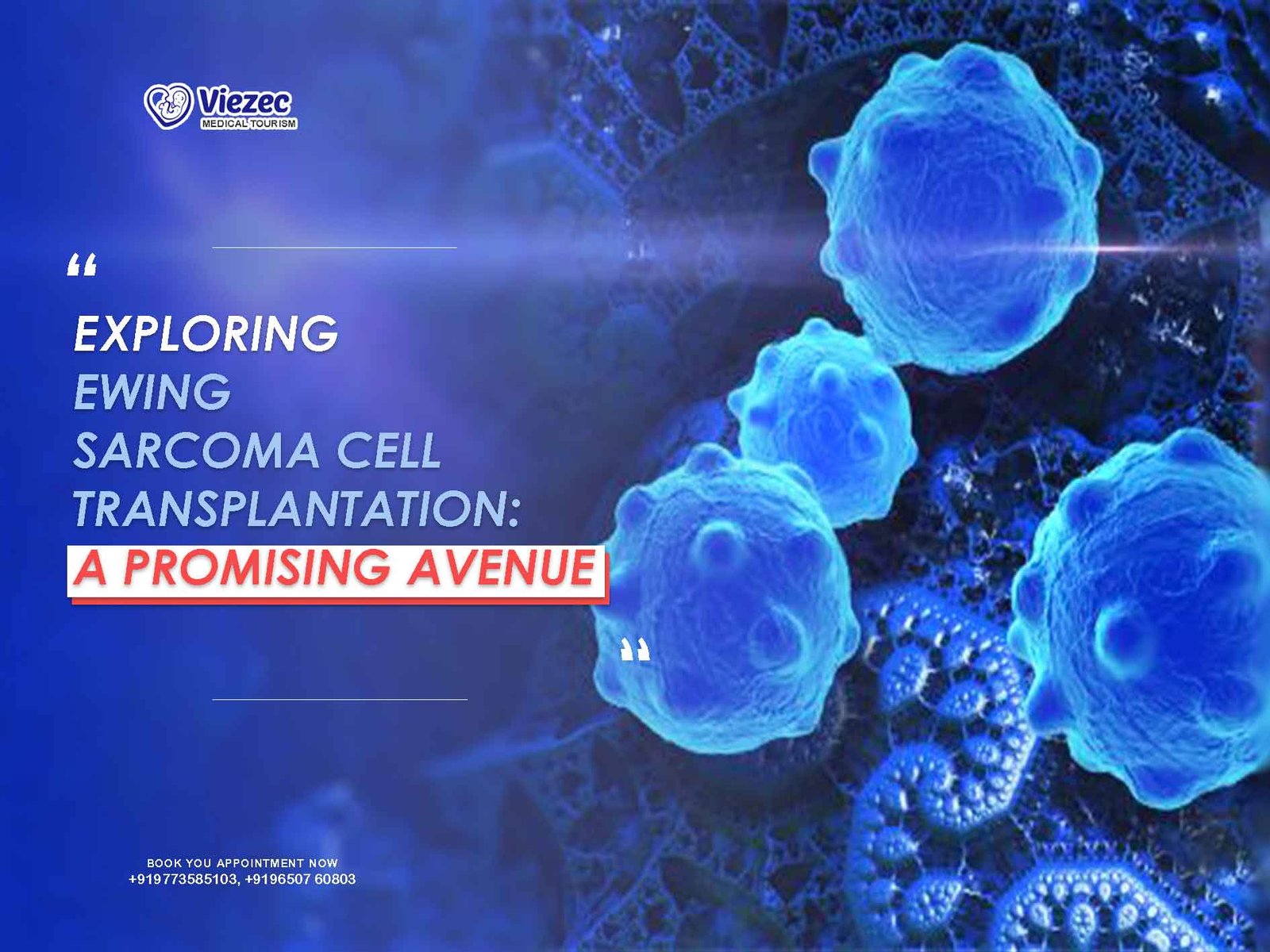In the realm of modern medicine, the pursuit of novel therapies to restore lost or impaired bodily functions has led to groundbreaking advancements in regenerative medicine. Among these, cell regeneration therapy stands out as a promising approach with the potential to revolutionize treatment paradigms across various medical disciplines. Leveraging the body’s innate regenerative capacity or introducing exogenous cells to facilitate repair, this therapeutic strategy holds significant promise for addressing a wide array of conditions, ranging from neurodegenerative disorders to musculoskeletal injuries. In this comprehensive exploration, we delve into the principles, applications, and future prospects of cell regeneration therapy, highlighting its transformative impact on healthcare.
Understanding Cell Regeneration Therapy
The Science Behind Regeneration
At the core of cell regeneration therapy lies the remarkable ability of certain cells to proliferate and differentiate, thereby replenishing damaged or lost tissues. This process, termed regeneration, is orchestrated by a complex interplay of molecular signals, cellular mechanisms, and microenvironmental cues. Stem cells, in particular, play a pivotal role in regeneration due to their unique capacity for self-renewal and differentiation into specialized cell types.
Types of Stem Cells
Stem cells can be broadly classified into two main categories based on their developmental potential: embryonic stem cells (ESCs) and adult stem cells (ASCs). ESCs, derived from the inner cell mass of early-stage embryos, possess pluripotent capabilities, enabling them to give rise to virtually any cell type in the body. In contrast, ASCs are found in mature tissues and exhibit more restricted differentiation capacities, typically generating cell lineages specific to their tissue of origin.
Mechanisms of Action
Cell regeneration therapy harnesses the regenerative potential of stem cells through various mechanisms, depending on the specific application and therapeutic goals. These mechanisms include:
- Differentiation: Stem cells can differentiate into specialized cell types relevant to the target tissue or organ, replacing damaged or dysfunctional cells.
- Paracrine Signaling: Stem cells secrete bioactive molecules such as growth factors, cytokines, and extracellular vesicles, which modulate local cellular responses, promote tissue repair, and reduce inflammation.
- Immunomodulation: Stem cells interact with the immune system, exerting immunosuppressive or immunomodulatory effects to mitigate immune-mediated tissue damage and promote tolerance.
Applications Across Medical Specialties
Neurological Disorders
Stroke
Stroke, a leading cause of disability worldwide, results from the interruption of blood flow to the brain, leading to neuronal death and functional deficits. Cell regeneration therapy offers a promising avenue for stroke treatment by promoting neuroregeneration and angiogenesis in the ischemic brain region. Clinical trials utilizing stem cell transplantation have shown encouraging results in improving motor function and cognitive outcomes in stroke survivors.
Spinal Cord Injury
Traumatic spinal cord injury (SCI) often results in permanent paralysis and sensory impairment due to the limited regenerative capacity of the central nervous system. Stem cell-based therapies hold potential for restoring neural connectivity and function in SCI patients by replacing lost neurons, promoting axonal regeneration, and modulating the inflammatory response. Ongoing research aims to optimize cell delivery strategies and enhance the integration of transplanted cells into host tissue for improved therapeutic efficacy.
Orthopedics and Musculoskeletal Conditions
Osteoarthritis
Osteoarthritis (OA), characterized by progressive degeneration of articular cartilage and joint dysfunction, poses a significant burden on aging populations. Cell regeneration therapies, including mesenchymal stem cell (MSC) injections and tissue-engineered cartilage constructs, offer promising strategies for cartilage repair and regeneration in OA patients. These approaches aim to enhance chondrogenesis, inhibit cartilage degradation, and modulate inflammatory processes within the joint microenvironment.
Bone Fractures
Fracture healing relies on a complex cascade of cellular and molecular events culminating in the regeneration of functional bone tissue. Disruptions to this process can result in delayed union or nonunion, necessitating interventions to promote bone repair. Stem cell-based approaches, such as the delivery of MSCs or osteoprogenitor cells, hold potential for enhancing fracture healing by stimulating osteogenesis, angiogenesis, and the formation of new bone matrix.
Cardiovascular Diseases
Myocardial Infarction
Myocardial infarction (MI), commonly known as a heart attack, results from the occlusion of coronary arteries, leading to myocardial ischemia and tissue necrosis. Cell regeneration therapy offers a promising strategy for cardiac repair and functional recovery following MI by delivering stem cells capable of differentiating into cardiomyocytes, promoting neovascularization, and modulating the inflammatory response. Clinical trials have demonstrated the safety and feasibility of stem cell-based approaches in improving cardiac function and reducing adverse remodeling post-MI.
Heart Failure
Chronic heart failure, characterized by impaired cardiac function and inadequate tissue perfusion, represents a significant global health challenge with limited treatment options. Stem cell-based therapies hold promise for augmenting myocardial regeneration, restoring contractile function, and attenuating adverse remodeling in heart failure patients. Ongoing research focuses on optimizing cell delivery methods, enhancing cell survival and engraftment, and elucidating the mechanisms underlying therapeutic efficacy.
Challenges and Future Directions
Despite the considerable progress in cell regeneration therapy, several challenges and limitations must be addressed to realize its full therapeutic potential:
- Safety Concerns: The risk of tumorigenesis, immune rejection, and ectopic tissue formation associated with stem cell transplantation necessitates rigorous safety assessment and monitoring in clinical trials.
- Optimization of Cell Sources: Identifying optimal cell sources, including ethically sourced ESCs, induced pluripotent stem cells (iPSCs), and tissue-specific stem cells, remains a priority to enhance therapeutic efficacy and scalability.
- Biological Complexity: The intricate interplay between transplanted cells and the host microenvironment underscores the need for a comprehensive understanding of tissue-specific regenerative processes and immune responses.
- Standardization and Regulation: Establishing standardized protocols for cell isolation, expansion, and delivery, as well as stringent regulatory oversight, is essential to ensure reproducibility, safety, and efficacy across different therapeutic applications.
Looking ahead, ongoing advancements in stem cell biology, tissue engineering, and regenerative medicine hold immense promise for overcoming these challenges and unlocking new opportunities in cell regeneration therapy. Emerging technologies, such as gene editing, biomaterial scaffolds, and organoid models, offer innovative approaches to enhance cell-based therapies and accelerate their translation into clinical practice.
Make a Decison Now
Cell regeneration therapy represents a transformative approach to restore lost or impaired bodily functions across a spectrum of medical conditions, ranging from neurological disorders to musculoskeletal injuries and cardiovascular diseases. By harnessing the regenerative potential of stem cells and leveraging our growing understanding of tissue biology and repair mechanisms, this burgeoning field holds promise for revolutionizing healthcare and improving patient outcomes worldwide. As research continues to advance and therapeutic strategies evolve, the prospect of achieving functional restoration through cell regeneration therapy grows ever closer to realization, offering hope for a future where debilitating conditions may be effectively treated, if not cured, through the power of regenerative medicine.









